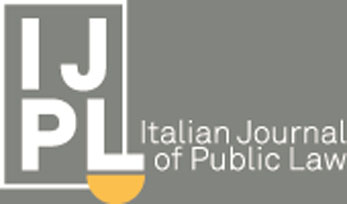PAOLO D’ANSELMI
Public administration is a topical global industry that employs half a billion people and covid-19 reminded us that relief from emergency hinges upon political decisions as much as it does on the capability of public administration to implement those decisions. Public administration is shaped by public law. It is topical then that public law be effective in performing the task of shaping public administration. Legal scholars have acknowledged the debt of public administration’s organizations to Max Weber’s ideal type of legalrational authority. But how exactly has Weber’s ideal type permeated public law? The literature does not seem to have asked this question. On the other hand, public law seems to have remained on the margin of the debate about the Weberian state. Legal scholars have said public administration is Weberian more from their general view than by citing specific elements of law. This paper identifies one of the ways such permeation has happened. In fact, the purpose of this article is to show that the influence of Max Weber’s ideal type of legal-rational authority on public law – constitutions, specifically – is revealed by public law’s use of the lexicon and the characteristics of the same ideal type to shape the organizational model of public administration. This purpose will be pursued by showing that the language of Max Weber’s ideal type has been transposed into legislation without further elaboration. The demonstration is pursued through comparative text analysis and inductive approach based on qualitative empirics of a sample of constitutions and legislation. The importance of conducting such operation is to make explicit that public law adopts Max Weber’s ideal type of legal-rational authority as a behavioral hypothesis about public administration. This is a contribution to the interdisciplinary field of law and sociology of organizations. Policy implications open the way for a fresh look at public administration reform, questioning the basic conceptual model that is underlying legislation.
